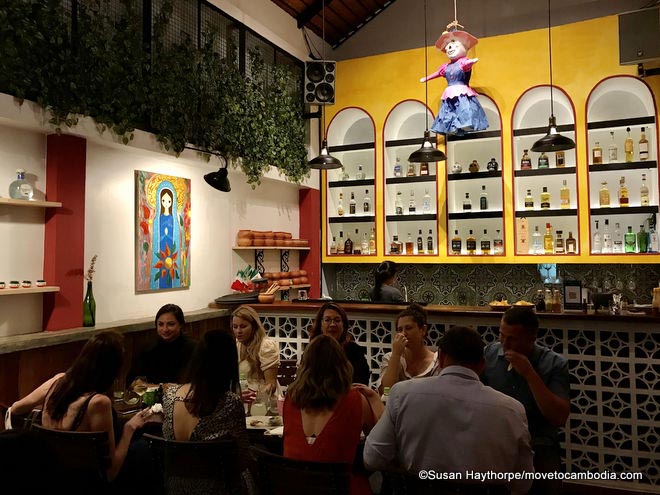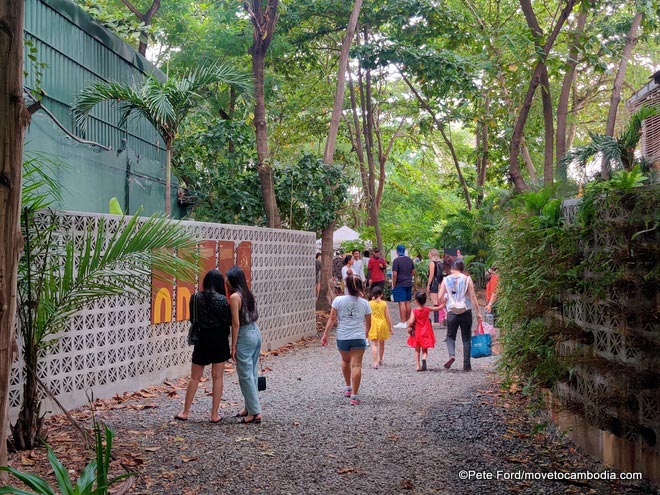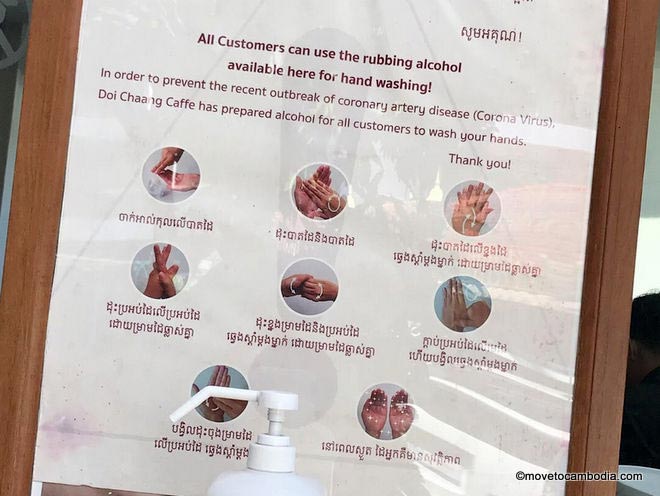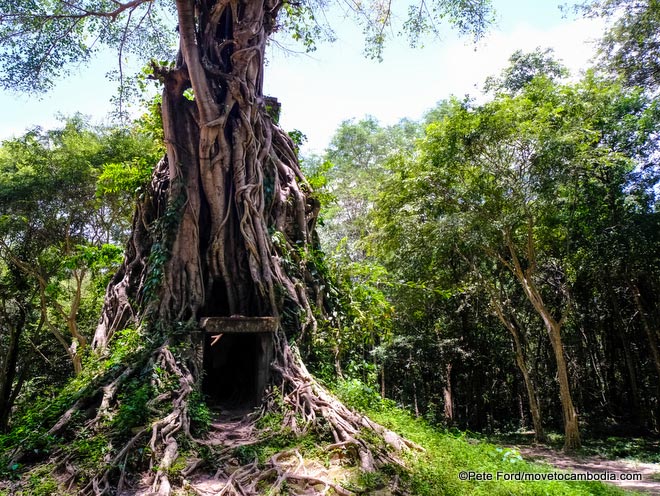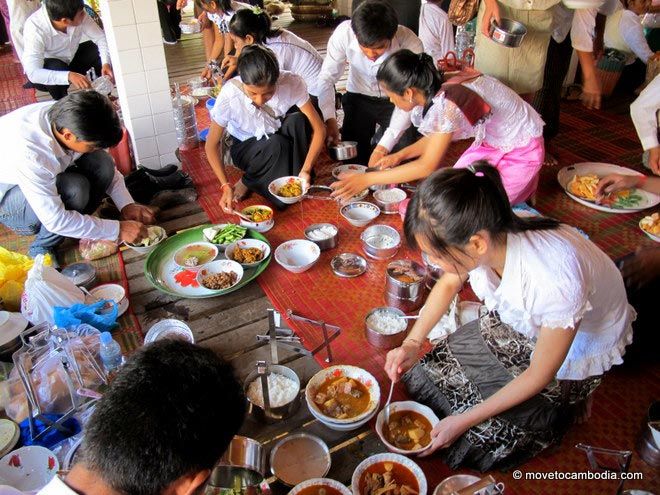A sauna with a view of the Kampot river, a glass-fronted steam room overlooking a tree-filled garden, and private massage bungalows — it doesn’t take long to realize what has made Nibi Spa the “must visit” recommendation in Kampot by all my bougie Phnom Penh friends.

Sauna with a view at Nibi Spa, Kampot.
Set on a bend of the river some 10km north of the increasingly popular coastal town, the act of getting there is an adventure in itself, and makes the reward that awaits even more appreciated. The most direct (and picturesque) route is along the east side of the Kampot river, as it winds away from town through Cham villages, durian plantations, and shuttered backpacker bungalows. The road surface declines into the stuff of Cambodia of old: slippery red clay with more potholes and ruts than actual flat surface. The alternative is along the west bank, on smooth paved road, and a quick ferry trip (one car accepted each journey) over to Nibi.
The journey out of the way, it is time to be pampered, steamed, chilled — and to chill out. Continue reading
